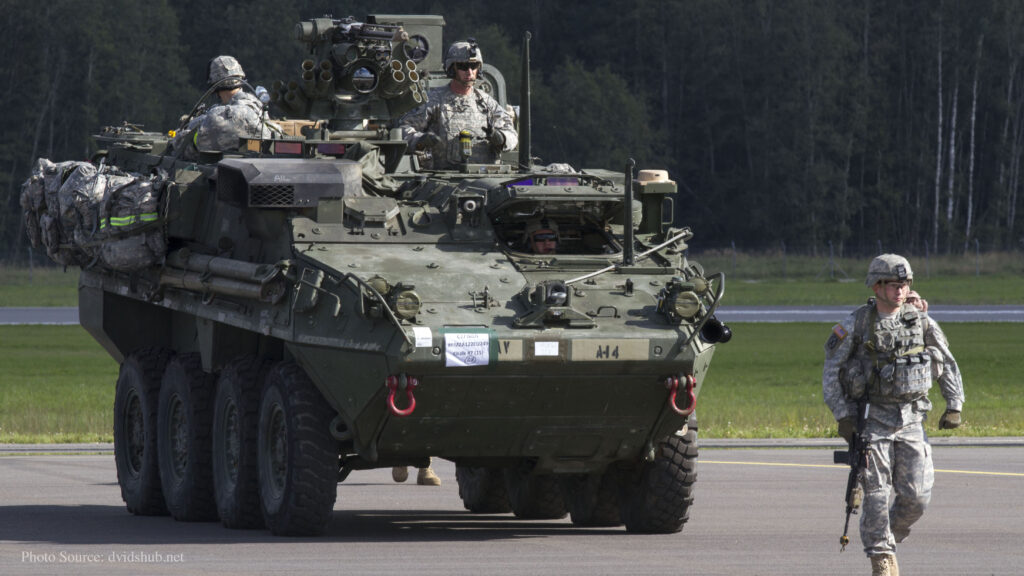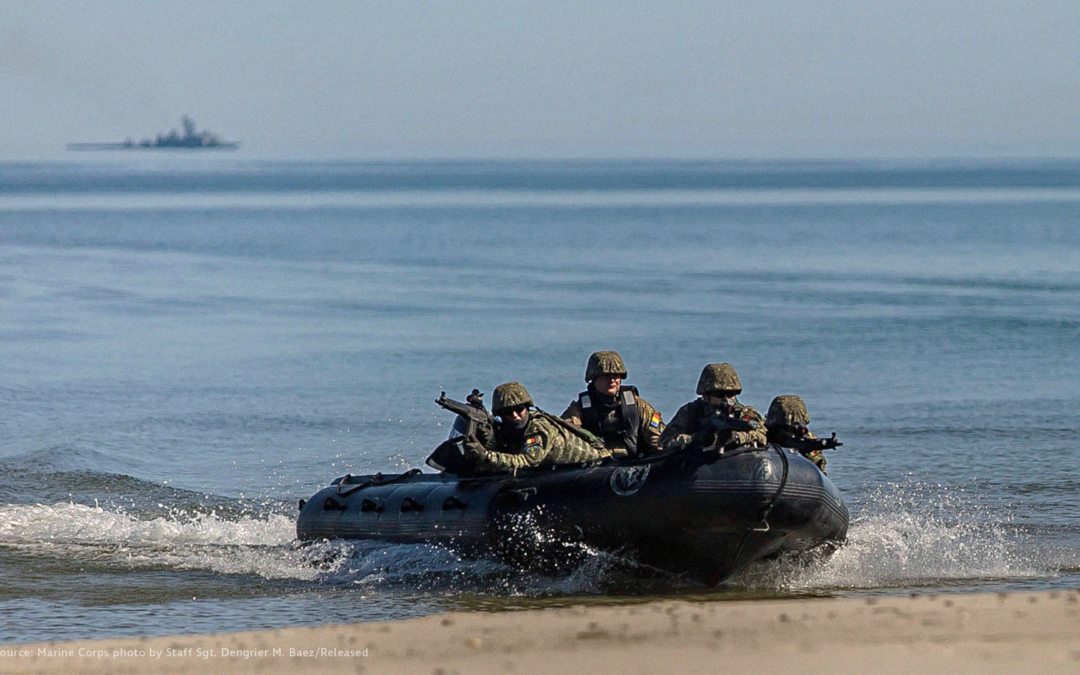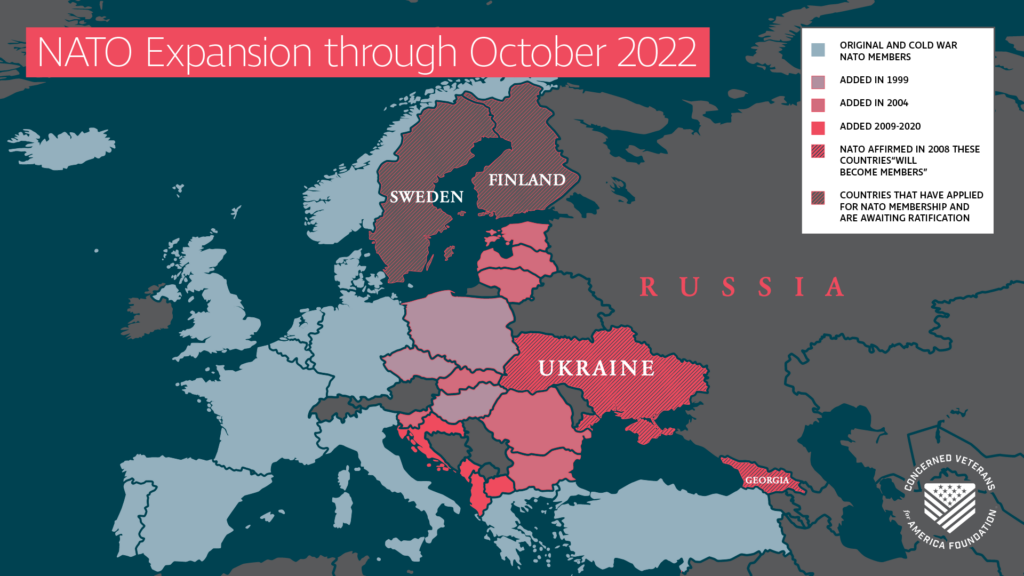As the Russia-Ukraine War continues and Finland officially joins NATO, the alliance’s role supplying aid to Ukraine and the U.S.’ relationship with the alliance have been subjects of intense discussion.
Given the war’s continuing spillover potential into NATO territory and Russia’s periodic nuclear saber-rattling, pressing questions are in order about what America’s role in the conflict should be and the degree to which our alliances advance or hinder U.S. interests in different circumstances.
Here are four questions our leaders and the American people should be asking.
What does it mean to be a member of NATO?
NATO is a security alliance made up of 31 countries in Europe and North America. Formed in 1949 after World War II, NATO was meant to defend Europe from the rising power of the Soviet Union, at a time when our European allies were too weak to do so on their own.
Member states agree to spend 2% of their country’s GDP on their own defensive capabilities. NATO members also participate in joint military exercises between nations and often work together on the international stage to advance the common diplomatic goals of the alliance’s members.

Soldiers with the 2nd Cavalry Regiment drive a Stryker armored vehicle just recently deployed from a U.S. Air Force C-17 during NATO exercise Steadfast Javelin II at Lielvarde Airbase, Latvia
As part of an alliance based on the principle of collective defense, being a NATO member means one member’s security is treated as directly linked to that of the rest. Article 5 of the NATO founding treaty states that an attack against one member is considered an attack against all, and if this article is invoked, members would assist the attacked country through the means each country deems necessary, including military force.
NATO membership involves tradeoffs. On the one hand, being in the alliance means that the U.S. is able to coordinate militarily and diplomatically with a large group of countries with generally similar values and often many similar goals. On the other hand, NATO also commits the US to protecting the security interests of countries as diverse as the U.K., Germany, Montenegro, or Lithuania—regardless of how important individual members’ specific concerns are to our vital national interests, given America’s worldwide strategic priorities. Recent disputes among treaty partners about further expansion of the security collective highlight competing national interests within an ever-expanding alliance.
Is expanding NATO a good idea?
In 1949, NATO had 12 founding members. Over the course of the Cold War, the alliance grew to 16. After the fall of the Soviet Union, NATO began a steady process of eastward expansion, adding a further 14 countries, most of which were Central and Eastern European nations formerly part of the Soviet bloc which were wary of Russia. With the addition of Poland in 1999 and the Baltic states in 2004, NATO territory now directly borders Russia itself. Now that Finland has formally joined, the alliance will be defending an additional 830-mile border with Russia.
Right or wrong, this process was seen by the USSR’s Mikhail Gorbachev, and later by Russian leaders open to engagement with the West, such as Boris Yeltsin, as both an unnecessary humiliation during a period of its weakness and later as a threat to its power and territorial integrity.
Since 2004, more former-Soviet countries bordering Russia, such as Ukraine and Georgia, have expressed interest in joining, encouraged by NATO’s 2008 Bucharest Declaration saying that these countries “will become members of NATO” eventually. This half-measure ultimately proved the worst of both worlds, antagonizing Russia without bringing either nation under NATO’s security umbrella.
Of course, Russia doesn’t get to dictate the security arrangements sovereign states agree to join. But the U.S. and its existing allies also have a choice about what countries they agree to defend when considering prospective member states.
The U.S. has global interests beyond Europe. It should consider the degree to which expanding NATO to harder-to-defend countries such as Georgia or Ukraine risks overextending the alliance and forcing America to permanently commit ever-greater resources in Europe at a time it could benefit from paying greater attention to Asia.
Plenty of countries would be more secure within NATO without doing much to add to the overall strength and security of the alliance. Most prospective NATO members have militaries more geared toward their own territorial defense without the ability to expeditionarily deploy in support of other members. That can too easily become a recipe for heavier reliance on the U.S. rather than Europe taking a greater share of its defense burden.
If a NATO member gets into a military conflict, what does that mean for the U.S.?
Article 5 of the NATO treaty considers an attack on one member to be an attack on all members. NATO has only invoked Article 5 once, after the September 11 attacks on the U.S. In response, NATO members provided resources and troops in aid to American operations against Afghanistan.
Similarly, if one of our allies were attacked and brought into conflict, the U.S. would be asked to assist, whether diplomatically, through financial or military aid, or possibly through armed force.
It is important to remember that if Article 5 is invoked, the United States is not automatically bound to go to war—only Congress has the power to declare war or authorize the use of U.S. military force. Still, an Article 5 debate leading to U.S. military action could mean a full-scale war effort against a nuclear-armed adversary. Defense production would have to massively increase along with military spending, and depending on the scale of the conflict, U.S. leaders could resort to a draft.
This escalatory potential is all the more reason not to expand the NATO alliance to nations such as Ukraine who are currently in a conflict or are likely to be at future risk of one even in the event of a ceasefire.
Is getting involved in European wars in America’s best interest?
While Europe was incredibly important to U.S. interests in the decades after World War II, East Asia is becoming more economically and strategically central to our future. This shift is underway just as Europe’s ability to deter Russia is becoming stronger than at any point since the 1990s.
These dynamics suggest the United States will be better off with less, not more, military involvement in Europe over time. Our wealthy European NATO allies should be encouraged to take on a greater role supporting their own frontline defense and leading their own regional security efforts. U.S. involvement in a European war would be a foolish use of our limited manpower, budget, and munitions resources and would carry substantial nuclear escalation risks.
Few current European disputes have a close enough connection to U.S. interests to warrant this level of potential frontline military involvement.
Take Russia’s war against Ukraine. While the U.S. is right to condemn Russia’s invasion of a sovereign nation, American and NATO leaders decided to limit their resistance to the invasion to qualified material support for Ukraine rather than direct military intervention. Even though Kyiv rightly views this war as an existential struggle for Ukrainian national survival, nuclear escalation risks mutually deter Russia from striking NATO supply bases supporting Ukraine just outside its borders and NATO from attacking Russian forces in Ukraine.
As the United States shifts greater focus to Asia over the next decade, NATO will be stronger if Europe takes the lead in its own defense. NATO members are generally wealthy nations who have the economic, technological, and military means to defend themselves against Russia if they invest what they can afford in their militaries. Given their proximity to Russia, European nations should have a greater incentive to take their security seriously by meeting their 2% of GDP defense spending targets. But with only 8 NATO-Europe countries meeting their defense investment thresholds, American policymakers should encourage greater European defense spending by reducing U.S. military involvement in Europe.
U.S. membership in NATO brings many benefits, but it also comes with risks, as does any alliance that ties U.S. interests to that of another country. We should stop seeing our commitments to NATO as a “sacred obligation” for which debate and discussion are unacceptable. Instead, Americans should be able to value the cooperation NATO enables but support aggressive vigilance to ensure that we limit our involvement in the alliance to activities that truly advance our interests.



